Eligible players will begin receiving a new task when spinning PokéStops or Gyms: augmented reality scanning. The exercise is part of Niantic's mission to place virtual objects in the real world with Pokémon Go, from dynamic and accurate 3D maps of real elements. However, certain criteria must be met to access the resource.
- How to Mega Evolution in Pokémon Go [Energy & Raids]
- How to choose Eevee evolutions in Pokémon Go
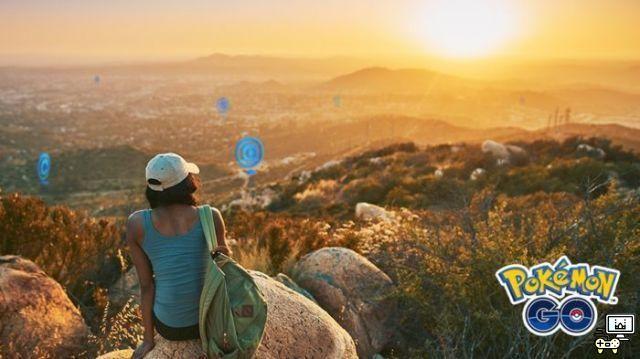
Pokémon Go (Image: Publicity/Pokémon Go)
The intention to create virtual 3D objects was revealed in May of this year, with the announcement of the advanced occlusion augmented reality feature, called Reality Blending, which allows a Pokémon to hide behind real-world objects.
In the opportunity, Niantic said that this community participation, in the tasks of scanning with augmented reality, would allow a spatial and contextual experience of Pokémon in the real world.
In another article, the company comments:
Basically, devices will better understand what they are seeing in order to augment real-time reality and allow Niantic to explore and deliver new types of AR experiences, which require an accurate, up-to-date 3D map of the world.
How will it work?
Eligible players will see a special design on PokéStops or Gyms, when rotating them they will give them an AR mapping task. This task will require the trainer to use the camera to map the location or object (PokéStop subject), 360 degrees if possible, or just 180 degrees.
Upon completing the order, the scan will count as a daily Field Research task and will reward the player with items. The video below shows how it will be done in practice:
The ideal AR scan
On a support page, Niantic explains what makes a scan ideal for business purposes:
- 20-30 second scan with the PokéStop object framed in the center, visible from top to bottom;
- Consistent speed and distance between the object during recording;
- A 360 degree turn around the PokéStop if possible (180 degrees is enough);
- Scans at various times of day, with other lighting and weather conditions.

Portal Scanning, by Ingress (Image: Disclosure/Niantic)
Some warnings may appear on the screen, to instruct the player if there is a problem during the process, such as lack of lighting or insufficient movement. Some practices should be avoided, according to Niantic:
- Stand still and move only the cell phone;
- Scans in dark places;
- Blurry recordings (clean camera lens first);
- Scans with obstructions between the PokéStop and the player (sometimes unavoidable, Niantic is aware of this).
What are the eligible players?
At this beginning, Niantic included players above level 20. But, the smartphone also needs to meet the requirements for augmented reality. If a trainer who is level 20 or higher has been given the task and the cell phone is not tech-enabled, he will not be able to complete the task.
This technology is on iPhone 6s and above (with iOS 11 or above) and Android smartphones with version 7 and above — Google Play Services for AR support must be installed via the Play Store. The list of devices with the green robot can be found in this list.
And privacy?
The company claims that the information sent will be anonymized after being uploaded to the server. Some objects (such as license plates) and faces will be blurred and personal data related to scanning will not be stored or linked to player accounts.







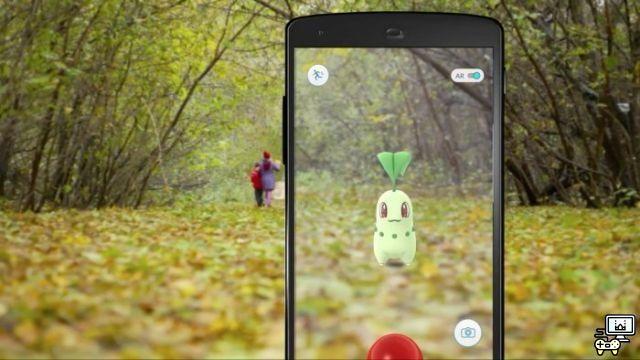
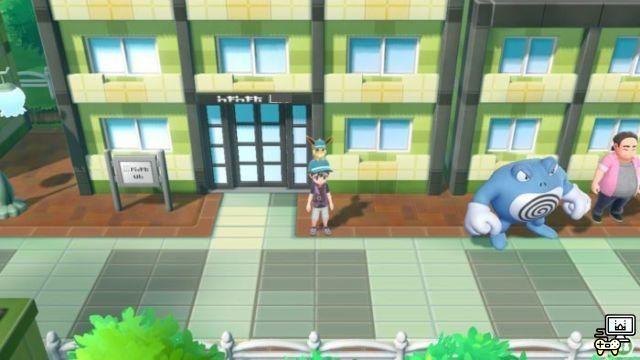
![How to watch Pokemon Online [Pokémon TV]](/images/posts/3fc59a5e39536821a25a7077a5cc907d-0.jpg)



![The best Pokemon games [According to review]](/images/posts/93207495dd33d0bc66405baa2e9249fd-0.jpg)
![How to Play New Pokémon Snap [Beginners Guide]](/images/posts/f614dd477d9277e7d468034e2d2559e0-0.jpg)
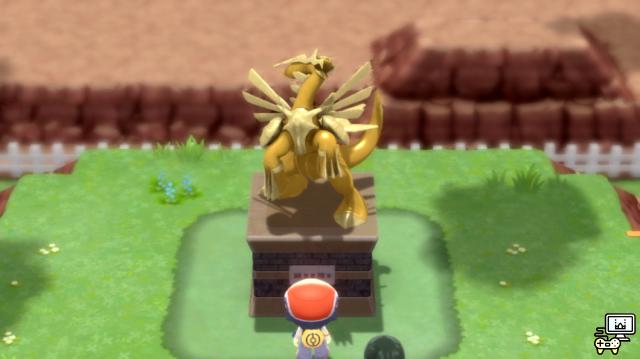





![What Pokémon are in the Sword and Shield Pokédex [Galar region]](/images/posts/62f83b17003b7fb780008bdd77a3892f-0.jpg)
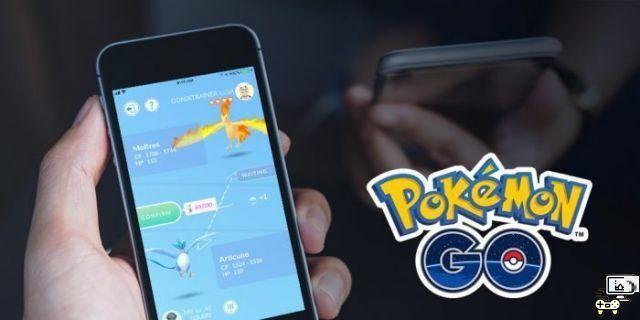

![How to play Pokemon GO on PC [Android Emulator]](/images/posts/f4e68e6cf8da2b817264322336553c3c-0.jpg)
